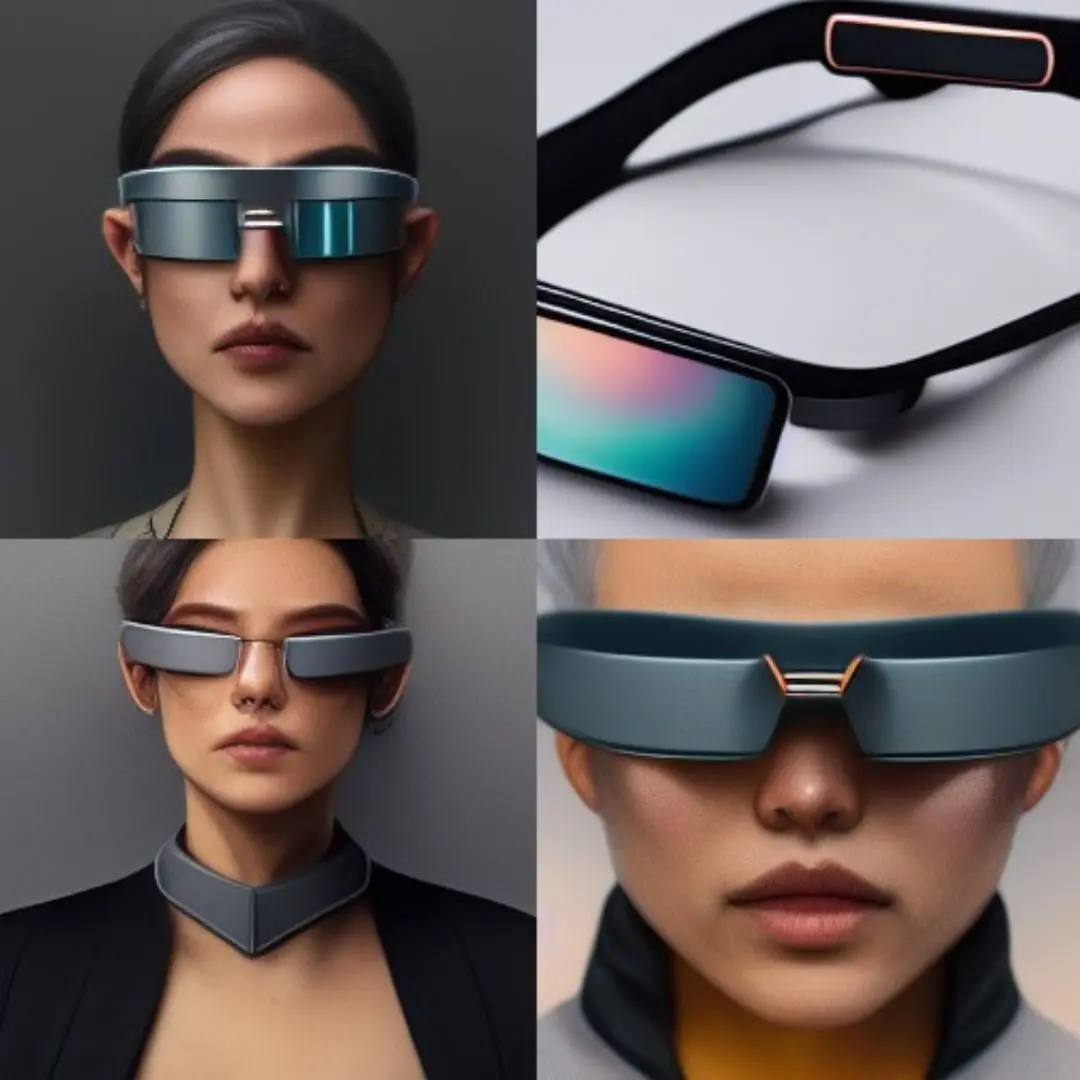One of the most interesting developments in the rapidly changing landscape of digital marketing is AI-generated product imagery. This kind of technology creates one very interesting question in the industry about whether AI-generated product imagery can be used instead of photoshoots while marketing something. Let’s dive deep into understanding this to know the potential and implications of AI in visual marketing strategies.
Rise of AI in Visual Content Creation
Now, the list of things AI has revolutionized in the domain of marketing is a bit longer. Finally, entering the arena, AI-powered tools began doing fantastic work in generating product images. These are advanced algorithm-based working tools combined with machine learning techniques to produce close-to-reality visuals without any need for a photo shoot.
Benefits of AI-generated product imagery
- Cost-effectiveness: In traditional shooting, expenses would be majorly made on a photographer, models, studios, equipment, and post-production editing. Compared to that, AI-generated imagery would relatively prove to be pocket-friendly and, therefore, lighten financial burdens on businesses—in most of which the start-ups or small enterprises are involved.
- Speed and Scalability: AI renders product images in the blink of an eye and at scale. It is that speed that will help marketers refresh the visuals rapid enough for the trends that evolve season changes, or various products change—all this without having to go through an entire hassle for the logistics in arranging photo shoots.
- Personalization and Adaptability: With AI tools, pictures of products can be personalized in respect to specific demographics, tastes, or even marketing campaigns. This kind of personalization creates relevance and engagement for what is shown in contexts speaking to target audiences.
- Quality Uniformity: AI gives visual uniformity in style and quality unlike traditional pictures which are at the vagaries of different photographers or even settings and lighting conditions. This helps brands to carry forward the same visual identity across all marketing channels.
Understanding Consumer Perception and Putting Trust Assoc.
Marketing strategies thrive on consumer perception. While AI-generated product imagery realizes some efficiency and cost savings, the Consumers’ trust and perception of authenticity rise as key concerns. Most consumers care about the authenticity and might consider AI pictures as less authentic than those produced via an actual photo shoot. Product aesthetics, emotional connections, and other appeals can be built on various factors and drive purchasing decisions.
A business can, however, leverage transparency in the marketing effort to overcome these concerns. Clearly communicate how AI has been used to generate such images and emphasize control over quality through effective communication to instill confidence among the consumers. The other way around may be to integrate user-generated content or customer testimonials with AI-generated visuals in order to improve their authenticity and credibility.
Advertisements and Acclimatizing Marketing Practices
The reason AI is going to be adopted in visual marketing has to do with innovating and adapting to new consumer behaviors and technological changes in a wider sense. With digital platforms and e-commerce having come to dominate the interactions with consumers, increasing pressure is being put on brands to deliver engaging and persuasive visual content quickly and relentlessly. AI provides a solution that will scale to empower the modern marketer with data-driven insights and creative flexibility while optimizing campaigns.
Industry Standards and Ethical Considerations
The more artificial intelligence realizations the world achieves, the bigger and more relevant ethical considerations will have to be in terms of data privacy, intellectual property rights, and algorithmic bias. With respect to the use of generated imagery by marketeers, ethical standards and industry practices are realization-sensitive for consumer trust and regulatory compliance. This would be important in bringing transparency into the use of AI tools, avoiding potential biases or misrepresentation, and upholding integrity within visual marketing practices.
AI and traditional photography will have to go hand in glove respecting marketing—looking for that sweet spot between innovation and authenticity. While AI is giving efficiency and scalability, the human touch and creative insight of a professional photographer may not get lost at a time. Hence, with these impactful clicks, brands would be able to do a much better job at reaching audiences and driving meaningful connections within the competitive digital marketplace.
Limitations and Further Considerations
- Authenticity Concerns: Where it happens, AI-generated imagery loses absolutely the feel of human touch inherent in traditional photography. Probably this is the reason why, to some extent, consumers will view it as less authentic. This could be of importance concerning questions of trust and perception of brands, primarily at times when products are expected to evoke some emotional or experiential reaction.
- Complexity of Product Representation: This could be a case wherein some products, by their nature and make complexities, require more sophisticated representation—for instance, luxury goods or intricate designs. AI misses subtleties or USPs that require creative intuition.
- Jurisdictional and Ethical Issues: There are copyright issues and ethical dilemmas caused about the employment of AI in reproducing any original artwork or design. This makes the brand liable for making sure that with the use of AI visuals, it stays within the premises of the law regarding intellectual property and moral conduct codes.
The Future Ahead
This line might further blur with continued improvements in the AI technologies between an AI-generated and traditional photoshoot. Repeated innovations in the field of AI grant enhancements in realism, creativity, and adaptability, bridging existing limitation gaps that exist today.
Conclusion
Though AI-generated product imagery has exciting cost, speed, and scalability advantages over traditional ones, it would not totally replace these photoshoots in marketing. It’s that unrestricted imagination from the human mind, so to speak—a drop of a soul—which just about gets infused into his work, rendering something invaluable for any such product or brand identity. That said, AI shall definitely lie at the heart of efficiency, permanence, and personalization in how visual marketing strategies unfold artfully to yield effective engagement and conversion rates in the digital age.
Most probably, the future of visual marketing is going to be a marriage between AI and photography. Both shall have to leverage one another when developing brand stories compelling enough to be regarded as authentic by diverse audiences in today’s increasingly digital world.

